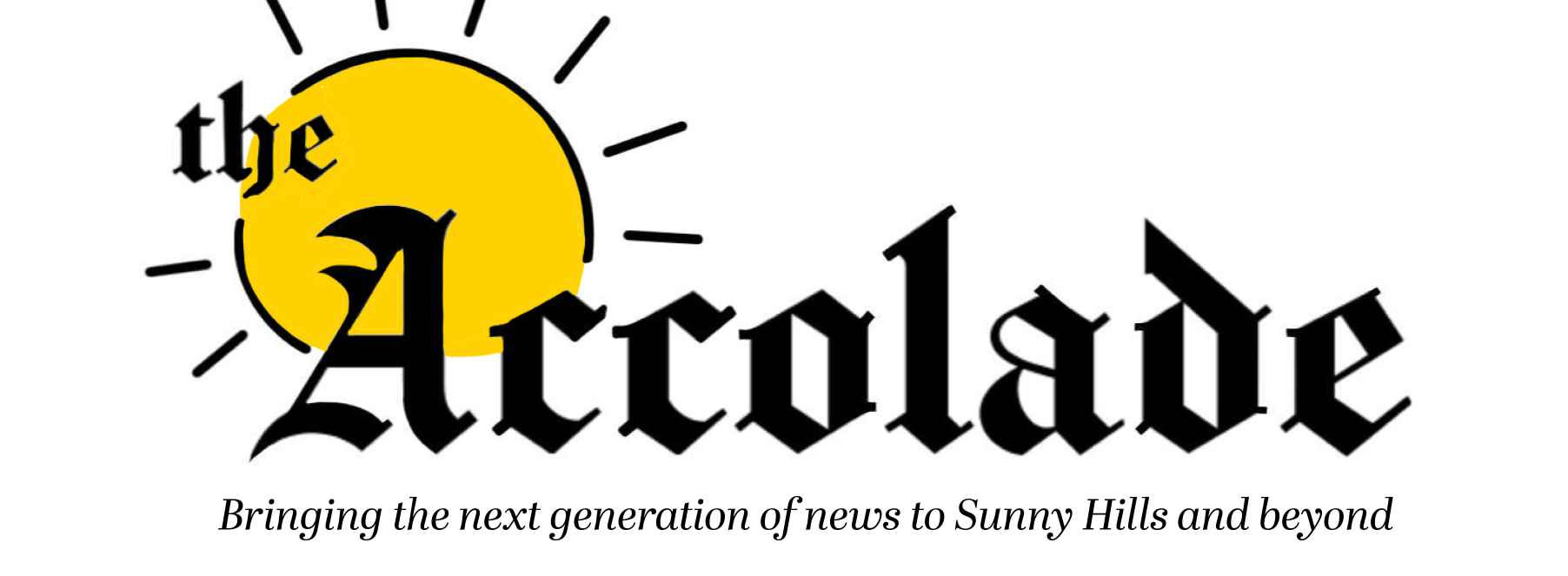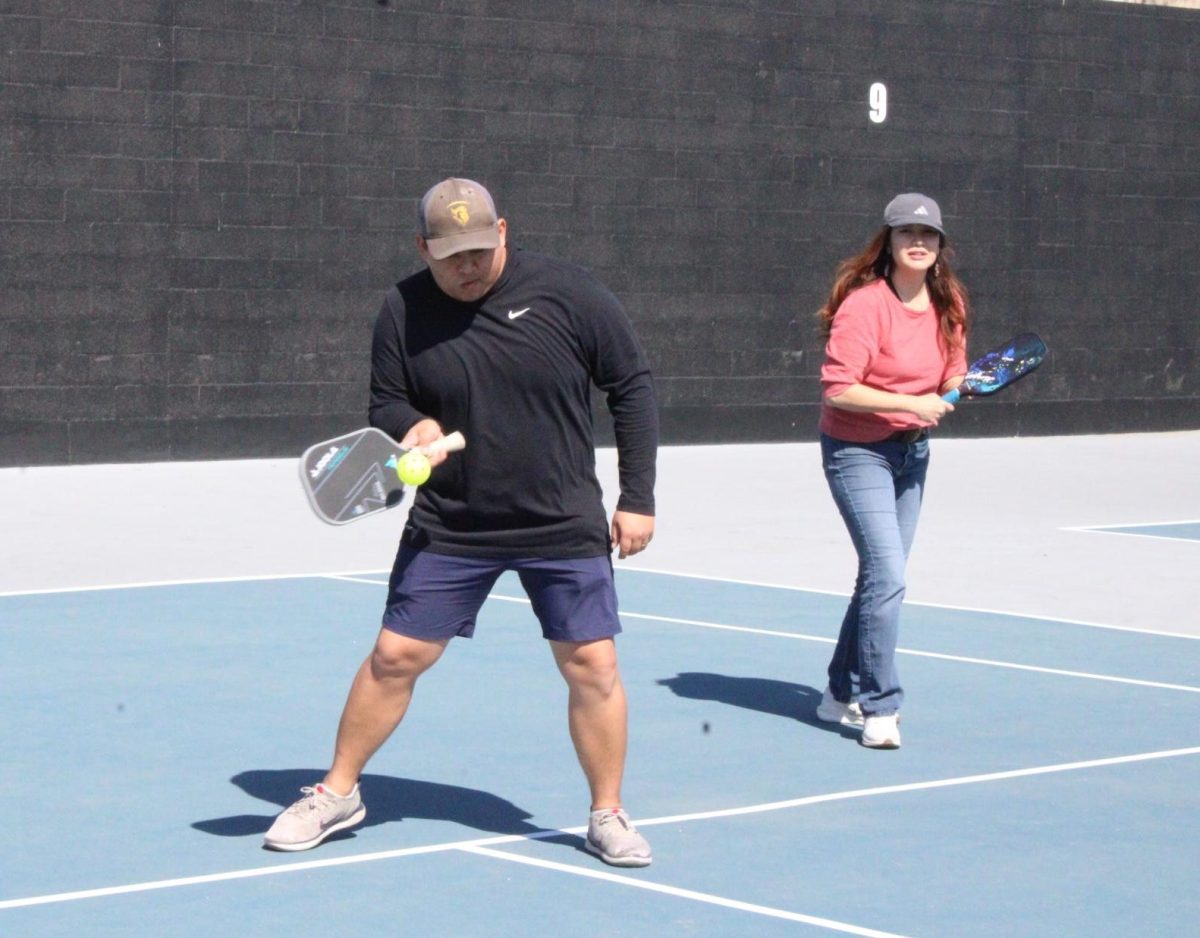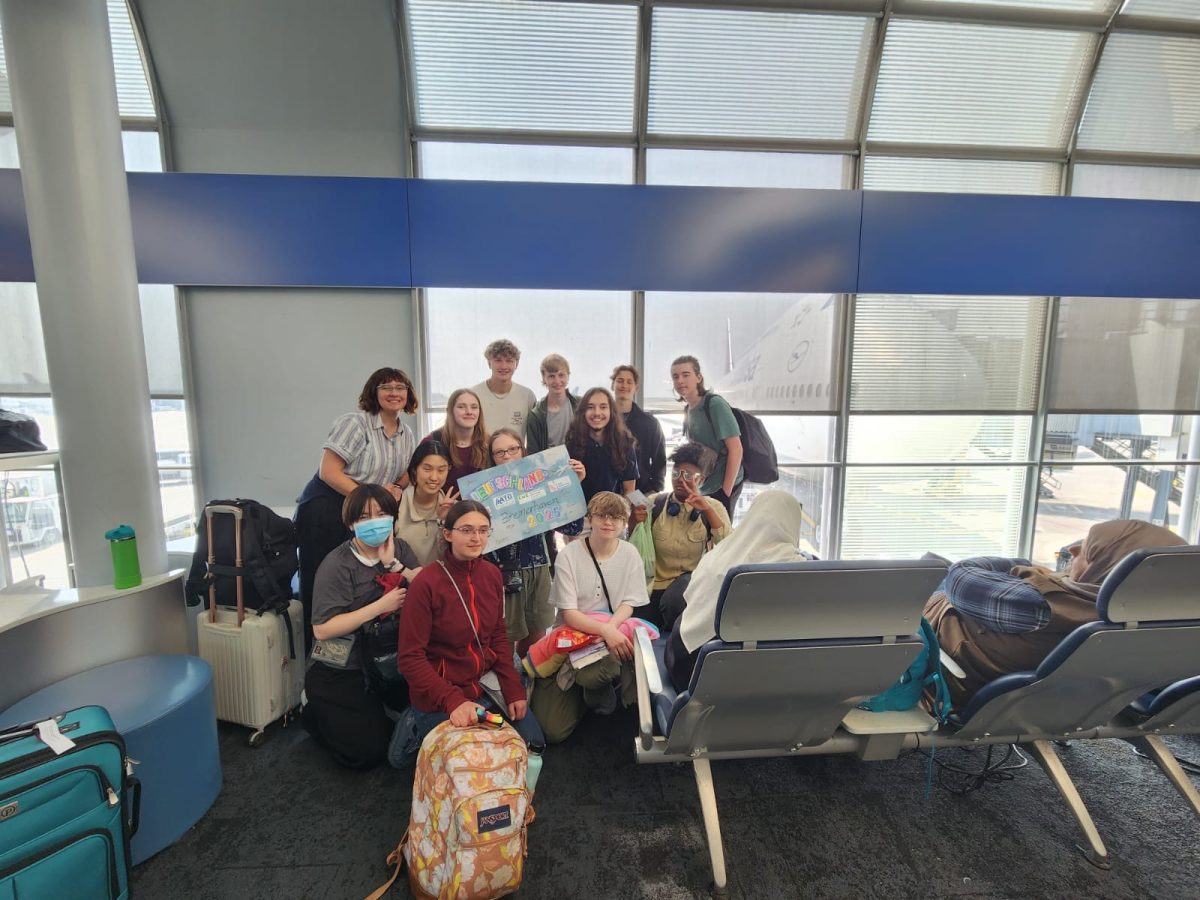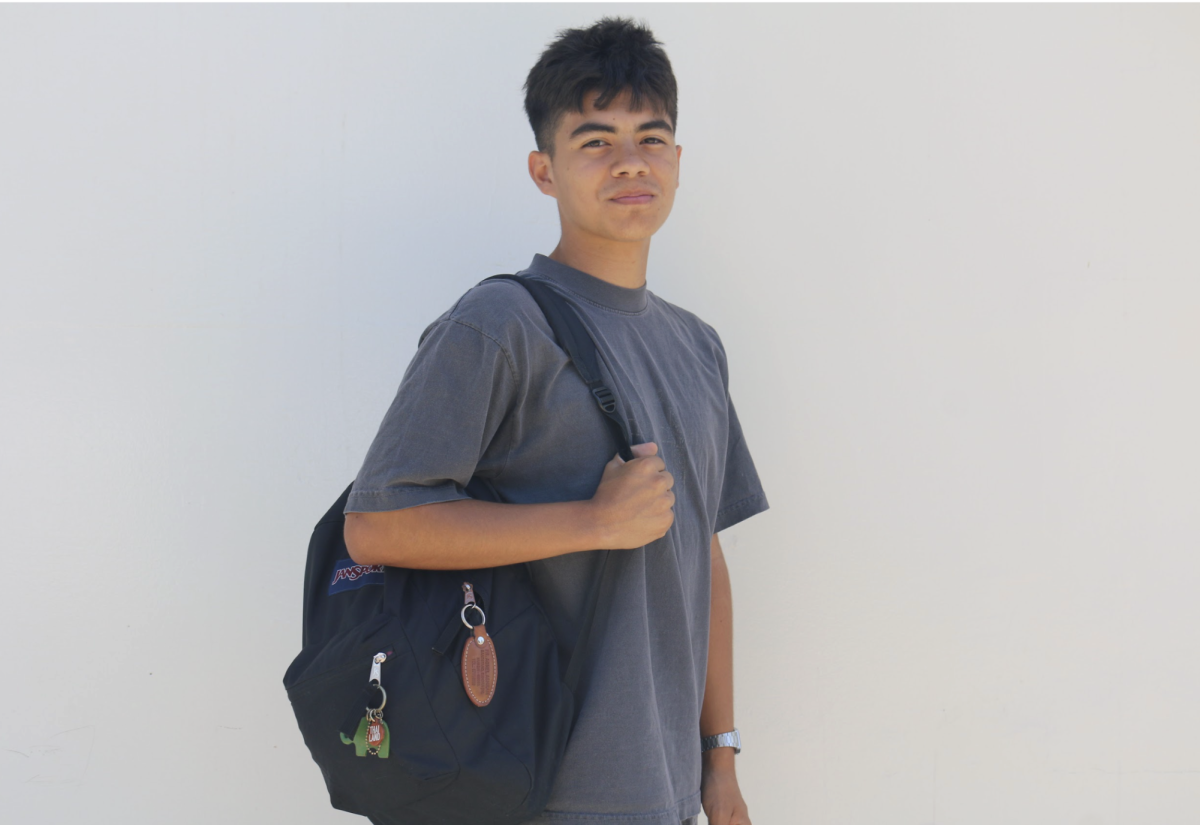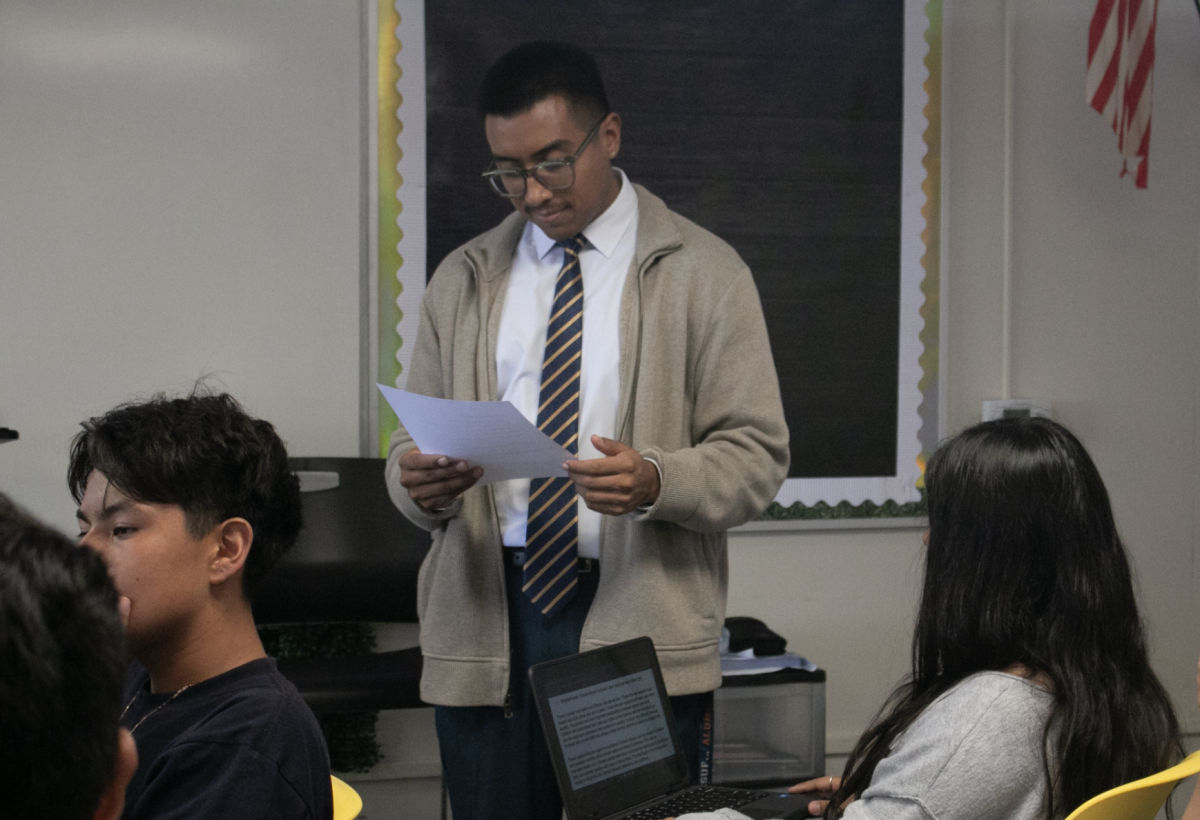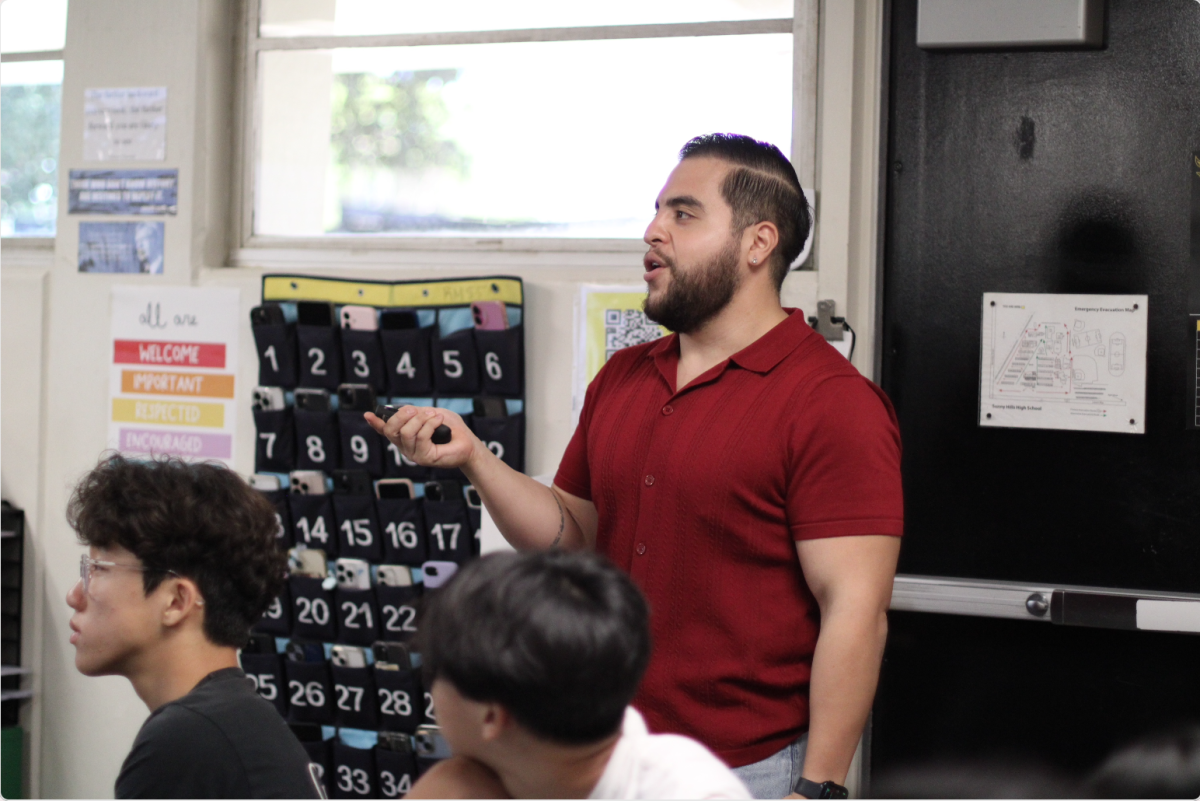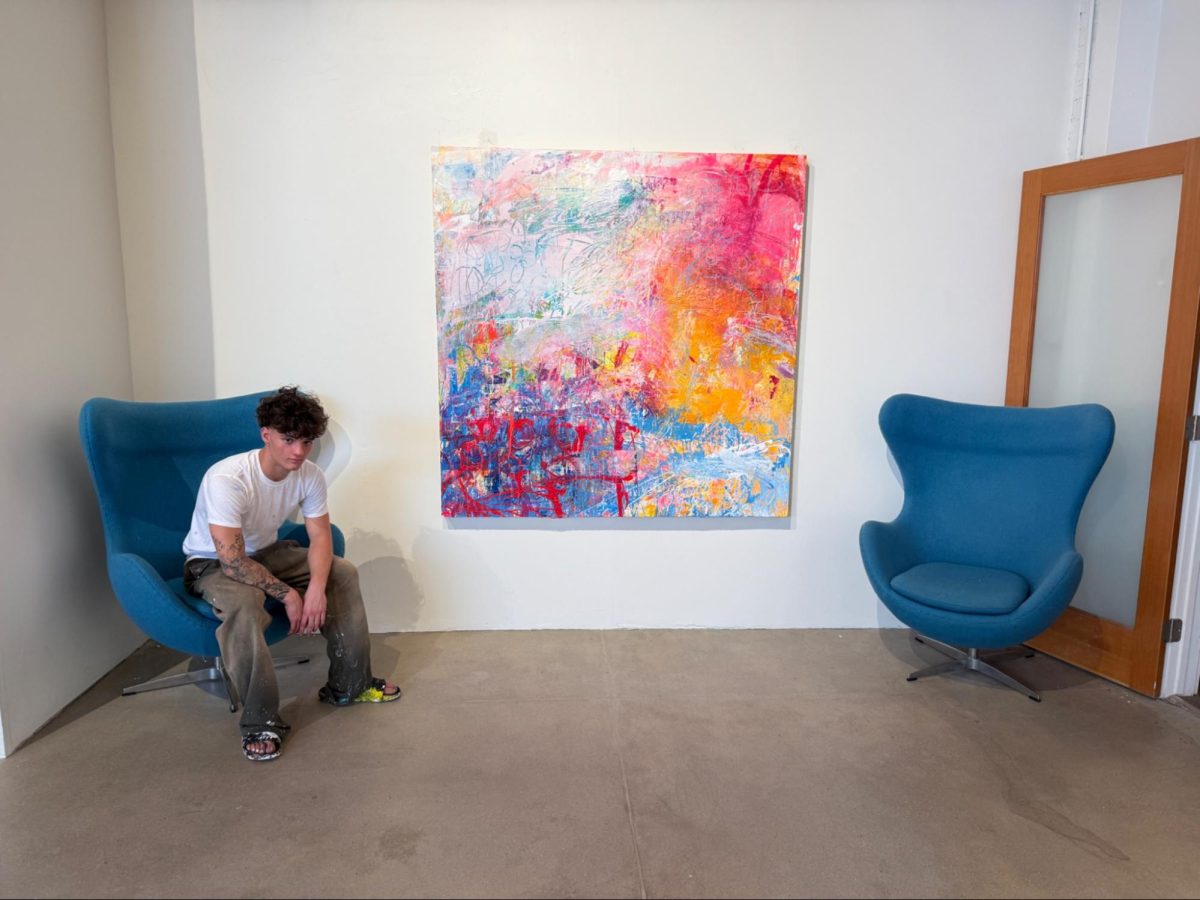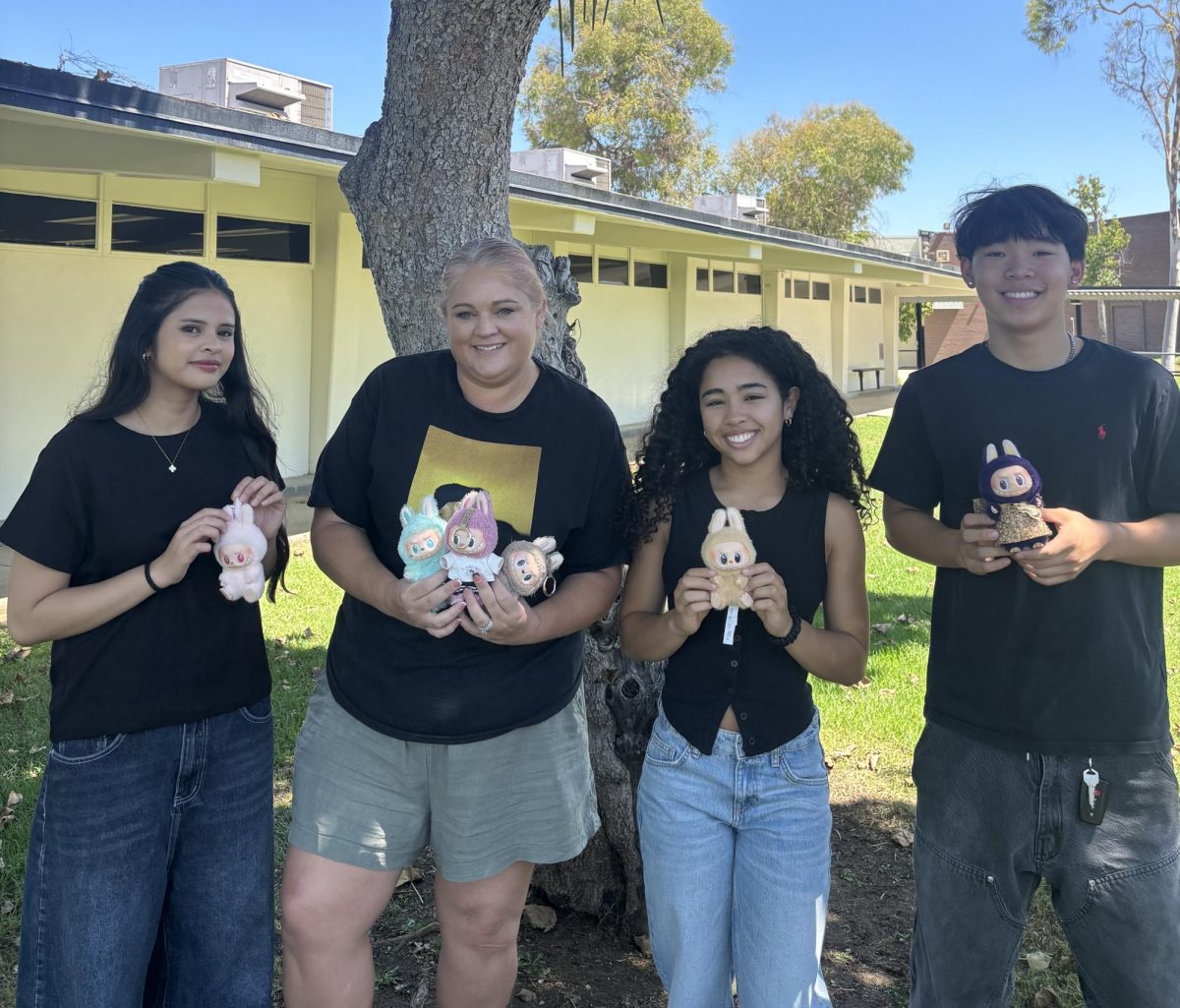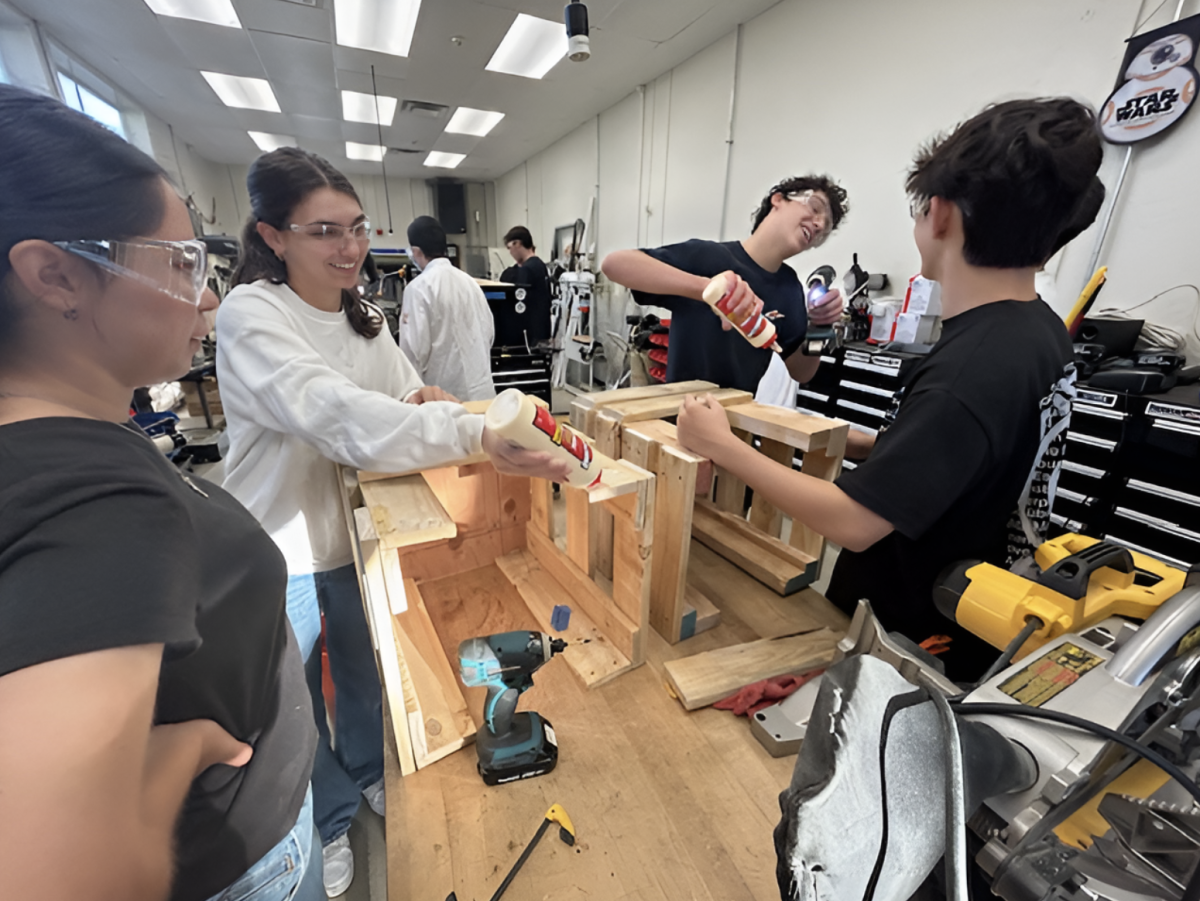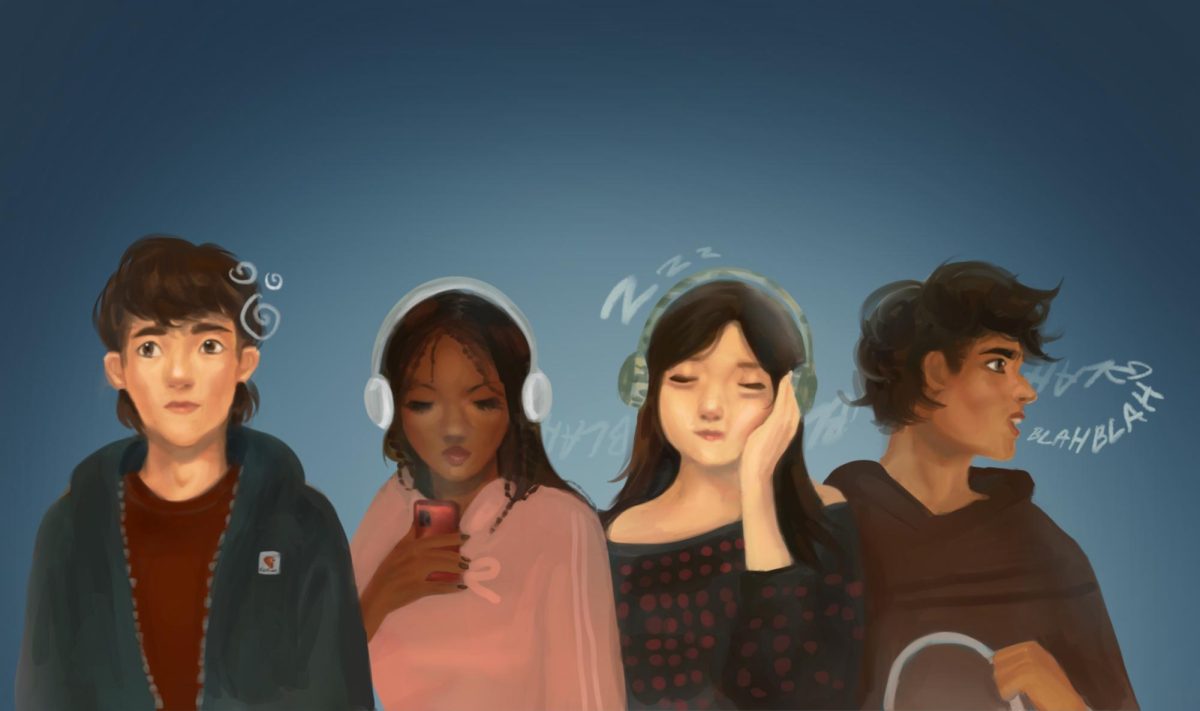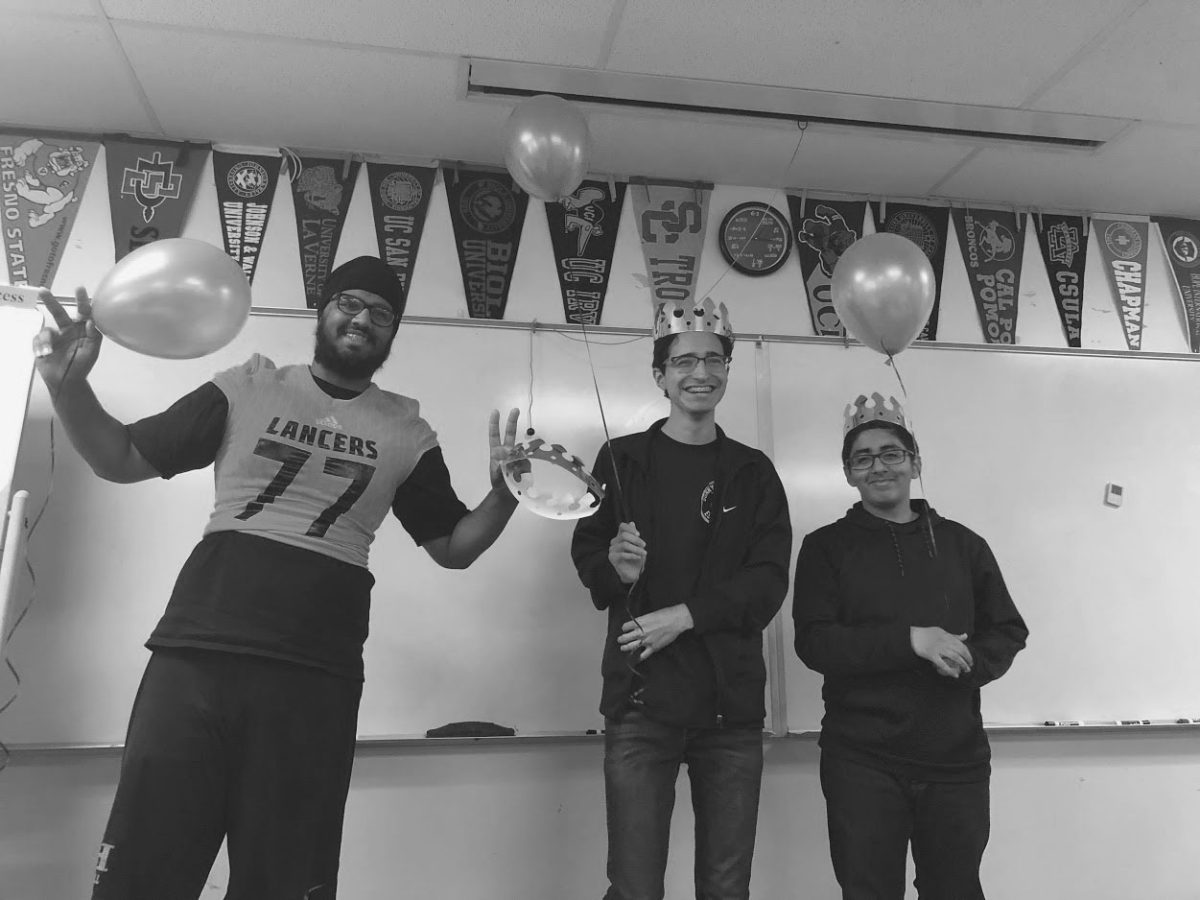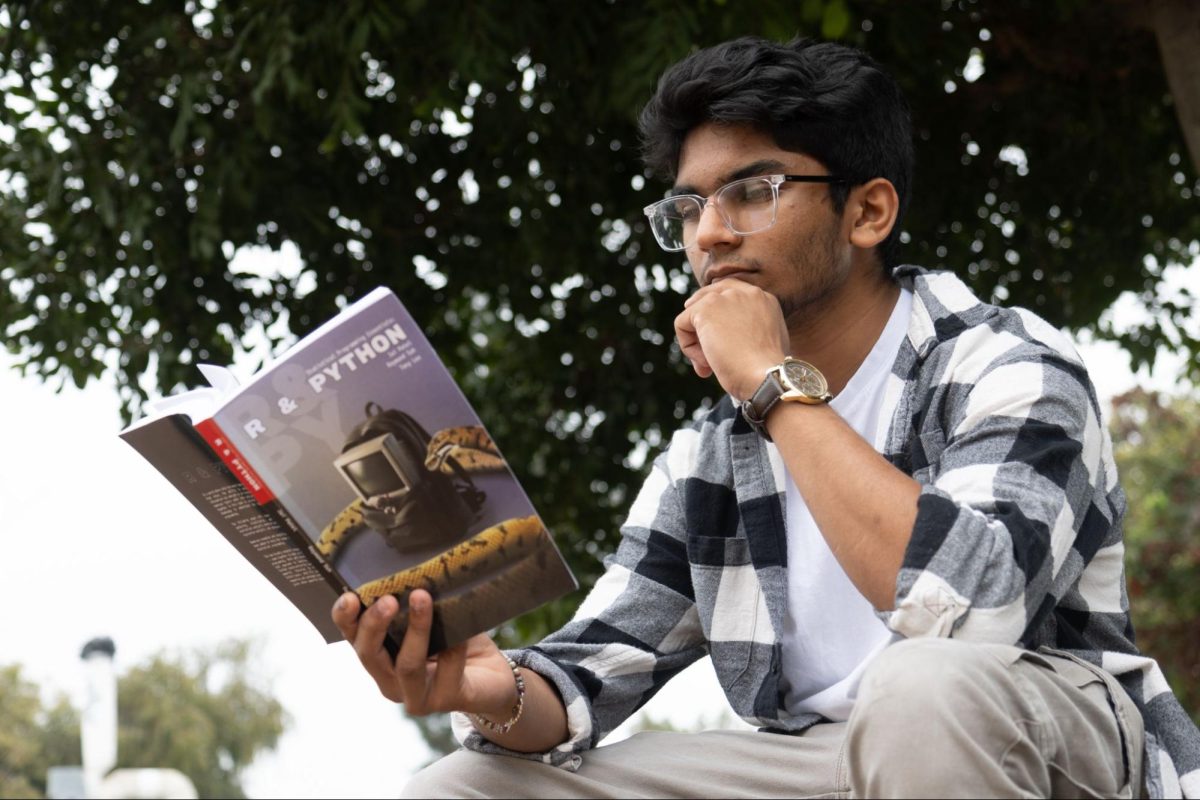12:54 p.m. Tuesday, April 15.
It’s lunchtime at Sunny Hills. Some student motorists get in line to head for the west parking lot exit so they can spend as much of their 30 minutes to socialize while eating at nearby Amerige Heights Town Center fast-food places like McDonald’s, Taco Bell and Panda Express.
Others gather in various classrooms to discuss their next club activity while eating their meals; meanwhile another group heads toward the library to cram in some last-minute studying or to print out their assignments.
And what are the teachers doing besides munching on their meals? Some catch up on entering grades on the Aeries Gradebook app, while others socialize in each other’s classrooms or get their classrooms ready for fifth period.
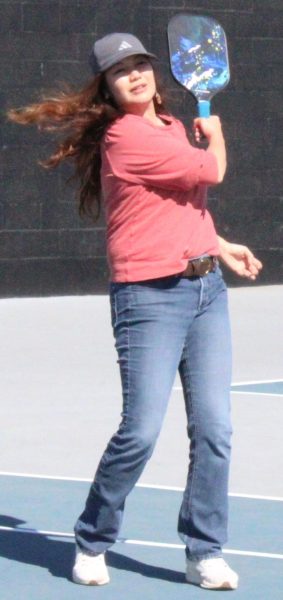
But a small group of instructors or staff members has recently started doing something quite different.
They head to the tennis courts twice a month if the weather permits — usually on Tuesdays since the end of January and up until last month. They’re not holding tennis rackets. Instead, they hold pickleball paddles nearly 3.5 inches bigger than ping-pong ones and rally with a plastic ball — usually yellow and containing 40 holes — back and forth over the tennis court net.
They form doubles teams and play as many games as possible within the 30 minutes or less, all the while keeping score.
“Pickleball relieves stress by combining physical activity that increases endorphins with social interaction, which allows for connection with others,” special education instructor Kellie Ma wrote in an email response to The Accolade. “The game encourages mindfulness and keeps you focused on the moment instead of worrying about the past or future.
“It’s such a fun sport that can provide a quick mental break or a long one if needed.”
So much fun that over 36.5 million Americans played this recreational activity in 2023, according to DOGONews, which offers current events articles for language arts, science and social studies programs. Some have also claimed pickleball as the fastest growing sport globally.
Such wave of interest has extended beyond Ma and the three other staff members, as some faculty have joined recently retired teachers and SH alumni to play this recreational activity at the nearby La Habra iTennis courts.

PICKLEBALL NAMED AFTER A DOG?
Though it may seem like a new trend, the sport has been around for nearly 60 years, according to DOGONews, which provided the following information about its history in a Jan. 17, 2024, posting titled, “How Pickleball Became America’s Fastest-Growing Sport”:
- It was invented in 1965 on Bainbridge Island, Washington, by three friends who wanted to create a summer activity their families could enjoy.
- The initial version of what would become pickleball was played on a badminton court using similar rules to tennis. Over time, the creators decided to make a few changes to the game, such as switching to a tennis court, lowering the net and modifying the scoring system.
- Although the origin of the game’s name is unclear, “some believe it may have been named after one of the inventors’ dogs, who went by the name Pickles.”
- The balls are made out of plastic because the material helps players have more control over them.
- The court is four times smaller than a tennis court, so it’s not as intimidating to rookies.
- “It really gained momentum in 2020 during the COVID-19 pandemic. With many team sports off-limits, people turned to pickleball as a socially distant way to stay active.”
“AN EASIER VERSION OF TENNIS”
For students, pickleball got its start on campus as a PE activity that lasts between three and four weeks. PE teacher and co-department chairman John Wooldridge said he and his colleagues came up with the idea to add this activity to the PE curriculum during the spring semester of the 2019-2020 school year.
When distance learning switched to hybrid in which students could come to school for in-person instruction in November of the 2020-2021 school year, Wooldridge said he started having the students use the tennis courts instead of creating regulation-sized areas.
“We thought it was a good activity that would expose the kids to another sport, in addition to hopefully spark some interest in something they could do outside of school,” PE teacher and co-department chairman John Wooldridge said.
“It’s more enjoyable for the students [and] unlike tennis, they’re not chasing the balls around as much [since they] are able to have longer rallies,” said Wooldridge, who has played the sport on his own before and goes over its rules and gives a quick demonstration in front of the class with the help of another PE student.
Sophomore Joshua Um agrees.
“It’s an easier version of tennis,” said Um, who’s in Wooldridge’s fifth period class. “I don’t like tennis because it’s harder, so it’s not as fun.”
Another sophomore, Nathaniel Mitri, who’s in the same PE class with Um, prefers the mental aspect of the sport.
“There’s a goal, and it’s not just mindless playing,” Mitri said. “It’s like, I wanna win, and the drive to win gives sportsmanship.”
NOT JUST “A GRANDPA SPORT”
Besides the on-campus play with Ma and her group, pickleball has become the latest social gathering for many teachers outside of the school day.
“At first I thought it was a grandpa sport,” said science teacher David Kim, who got introduced to the recreational activity 10 months ago through a personal invite from recently retired SH teacher, Gene Bordy. “[But now,] I like playing because there’s lots of action.”
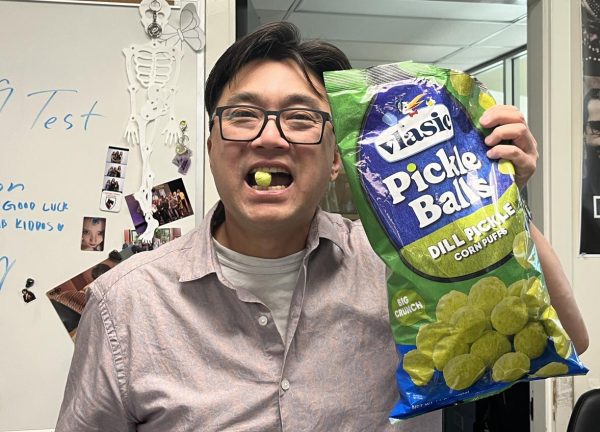
Kim’s interest in the sport has also extended to a snack of the same name — Vlasic’s Pickle Balls dill pickle corn puffs, which debuted last November and is on sale at Costco (14 ounces for $5.59) and Amazon (two-ounce package for a bit over $2).
“They were quite tasty,” the pickleball enthusiast said after trying them out for the first time from another teacher’s batch in April. “It was much more savory than just a plain ol’ pickle.”
The Human Anatomy and International Baccalaureate Biology instructor said he, his wife and other retired SH teachers and staff, including Ma, play two times every week at iTennis in La Habra with the most recent addition being English teacher Greg Brown.
“I like it because it’s pretty easy to pick up,” said Brown, who joined the SH teachers’ pickleball group four months ago. “I like being able to be active and get out and move around.”
Other retired SH faculty who play in La Habra include former science teachers Mike Schade and Peter Bregand, ex-math instructor Larry Allen and former International Baccalaureate coordinator Brian Wall.
Ma also said pickleball is here to stay but will take some time before it becomes a popular, global sport.
“Pickleball is really popular here, but in other countries, not yet, so I think it needs to become more worldwide,” she said. “However, if you look at the people who play it, they’re getting younger and younger, so people a lot of times assume it’s just for older people, but it’s not.”

